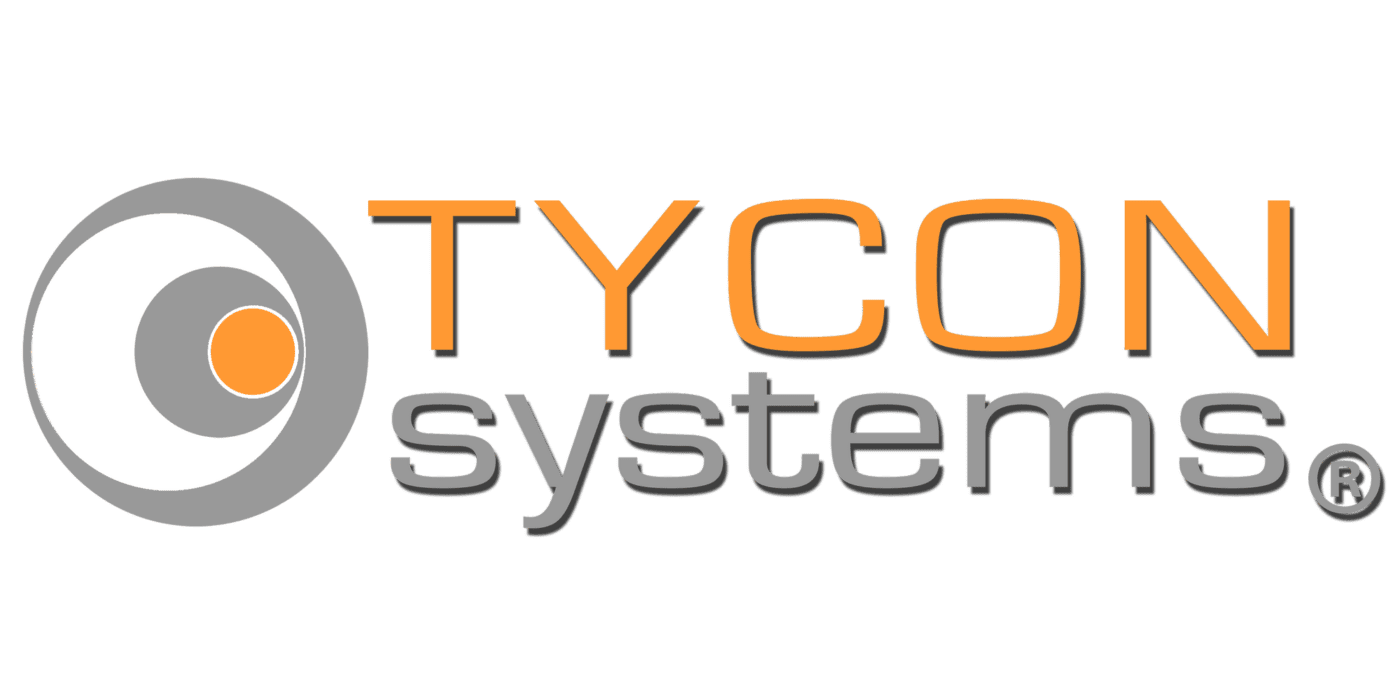RemotePro® and UPSPro® Troubleshooting
Minimum Equipment Needed: Good digital voltmeter which will display DC Volts for Battery Voltage. Measure battery voltage at the charger/controller System Voltage Expected Battery Voltage (charging Expected Battery Voltage (not-charging12V – 13.5VDC to 14.5VDC 11VDC to 13VDC 27VDC to 29VDC 22VDC to 26VDC 48V 54VDC to 58VDC 44VDC to 52VDC Solar Panel Voltage The solar panel should be disconnected and receiving sunlight Solar Panel Voltage Expected Output Voltage 18-22VDC 24V 32-38VDC 48V 64-76VDC
- FUSE: The battery cables have a protection fuse. If no power, check the fuse to see if it is blown. Replace with type is 3AG 20A 250V Glass Cartridge (Shurter 0001.1037 or similar). Available at Digikey and Mouser. LEDs for Battery/Solar Charge Controllers TP-SCPOE Charge Controller
- LOA – LOA Light will be on, and the load outputs (Green connector and RJ45 POE Out) should have voltage when the battery is within the usable range. When the battery drops to below 11.2V the LOA will turn off. It won’t turn back on till the battery reaches 12V. On 24V systems LOA turns off at 20V and back on at 24V
- POE – The POE LED will only show when the controller has a POE input in the bottom connector.
- CHA – will be steady state when charging and it will be flashing when the controller is float charging the batteries.
- SOL – The SOL LED will be on whenever there is voltage on the solar input.
- FUSE – There is a battery fuse in the front of the controller. Fuse type is 5mm x 20mm 10A 125V (Littlefuse 0233010.MXP or similar)
TP-BCxx-300 High-Capacity UPS Charge Controller
Before Troubleshooting Make Sure:
- back voltage switch is set for your AC voltage (115VAC or 220VAC)
- Battery type is set to GEL (for GEL or AGM) or WET for automobile type batteries.
- the Battery Switch on the front is switched to ON. This can be switched to OFF to disconnect the battery from the charger.
- LOAD – Load power is on. The load will turn off when battery voltage is too low and will turn back on when battery voltage reaches a stable voltage.
System Voltage OFF ON 12.6V 24V 21.5V 25.2V 48V 40V 51V
- PWR – AC Power is ON
- BATT – Battery is connected.
- CHD – Battery is fully charged and is float charging.
- CHG – Battery is charging.
TP-SC24-20 Solar Charge Controller
- RED LED – steady state when charging and flashes when batteries are charged and in float charge.
- BATTERY STATUS LED – Green 100%, Yellow 70%, Red 30%. Flashes when battery is very low.
- Green LED – Load output is on. If light is flashing, then the load was drawing too much current (>20A) The load output will turn off automatically when the battery voltage is too low and turn back on automatically when the battery voltage is stable.
Use the ON/OFF button to manually turn off power to the load.
System Voltage OFF ON 12V 10.7V 12.6V 24V 21.4 25.2
Batteries
When testing batteries that are wired in parallel, you must disconnect the battery, so it is isolated from other batteries. When batteries are wired in series you can test each battery without disconnecting them. A fully charged 12V battery will have a battery voltage greater than 12.5VDC without a load.
To see if you have a bad cell, disconnect any load and fully charge the battery, wait a few minutes, measure and record the battery voltage, wait at least 15-30minutes and measure the battery voltage again. The voltages should be within about 0.5V of each other. If the 30minute measurement is too low, then the battery is not good and should be replaced. Tycon Batteries are designed to be charged with Tycon Chargers that are designed for AGM or GEL batteries. Using automobile chargers can be used in an emergency but they shouldn’t be left connected to the battery for a long time or the battery will be damaged. We recommend not to exceed 4hrs if connected to an automobile battery charger. And only use for emergencies, not for regular charging. Tycon Batteries should never be left in a discharged state, especially in cold weather. If your UPSPro® or RemotePro® system is having charging issues, be sure to make sure that you disconnect the load and leave the batteries in a charged state while troubleshooting. Leaving the batteries in a discharged state for a few days or a week can kill the battery, permanently.

